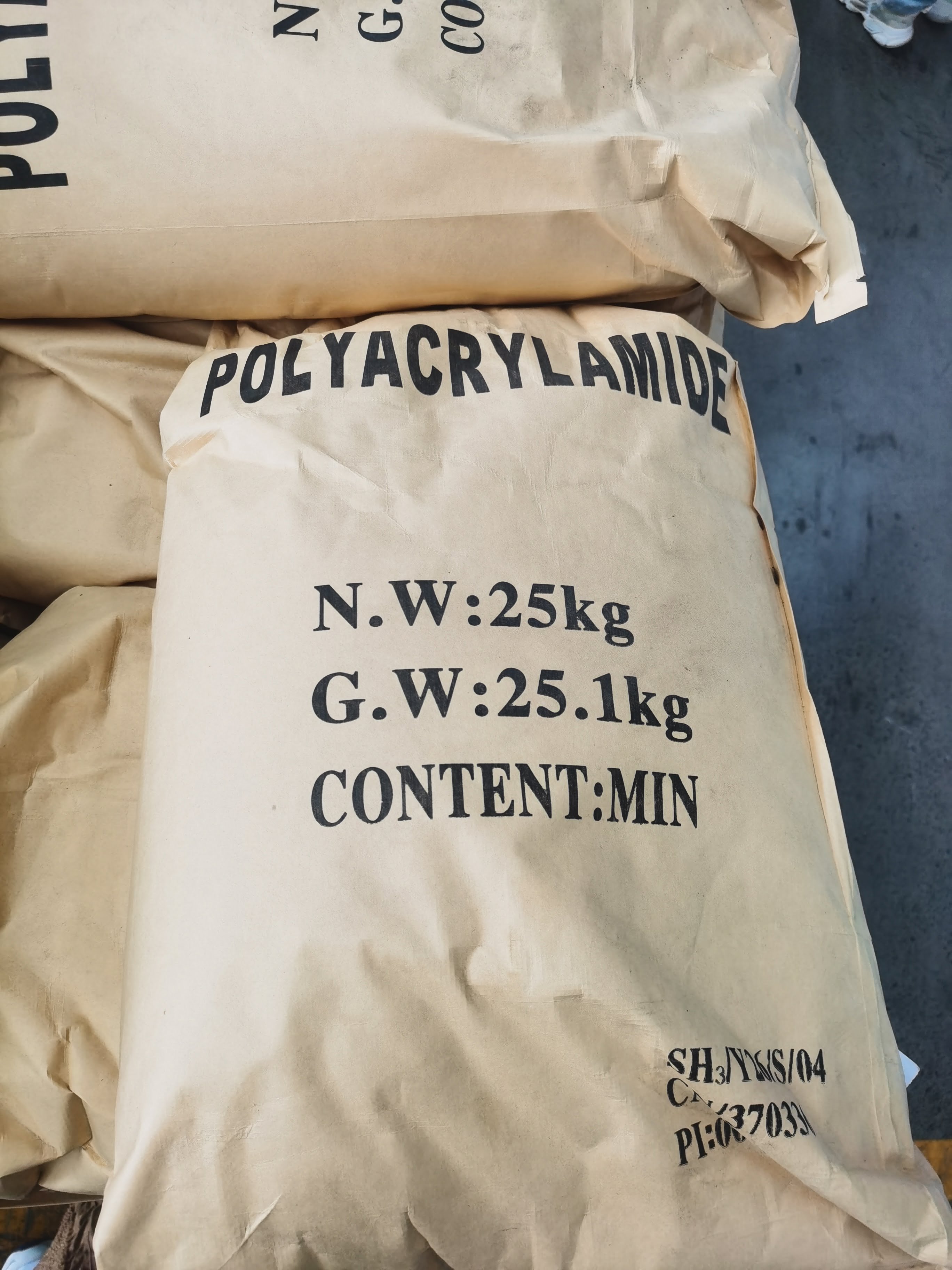Cationic Polyacrylamide Water-in-oil Emulsion
Cationic polyacrylamide water-in-oil emulsion is a form of polyacrylamide in liquid form. It has the characteristics of cationic flocculant. It absorbs suspended solid particles in water through the polar groups in the molecular chain, so that the particles can be bridged or electrically neutralized. and form large flocs.
Application of cationic polyacrylamide water-in-oil emulsion
Cationic polyacrylamide water-in-oil emulsion is widely used in domestic sewage, chemical wastewater, oilfield sewage, sludge dehydration treatment, papermaking, brewery, starch factory, food processing factory and other sewage treatment. It is more suitable for flocculation and sedimentation of organic suspended solids in acidic or slightly acidic sewage.

How to use cationic polyacrylamide water-in-oil emulsion
1. Before using this product, shake it as well as possible.
2. When dissolving, add this product while adding water. The solution concentration is generally recommended to be 5-8‰, and the curing time is generally about 25 minutes.
3. Avoid using high-shear rotor pumps such as centrifugal pumps during transportation. It is recommended to use low-shear pumps such as screw pumps and diaphragm pumps.
4. The dissolving operation should be carried out in tanks made of plastic, ceramics, stainless steel, etc., and the stirring speed should not be too high without heating.
5. The prepared dilute solution should not be stored for a long time, it is best to dissolve it immediately after use.
6. When this product is combined with an inorganic coagulant to treat wastewater, the inorganic coagulant should be added first, and then this product should be added when there are obvious alum flowers (generally about 30-60 seconds apart), and the order cannot be reversed. , and cannot be added at the same time.

Precautions for use of cationic polyacrylamide water-in-oil emulsion
1. Operators should wear protective equipment and wash off with water immediately after skin contact.
2. When using the site, wash it with water frequently to prevent slipping and injury.
